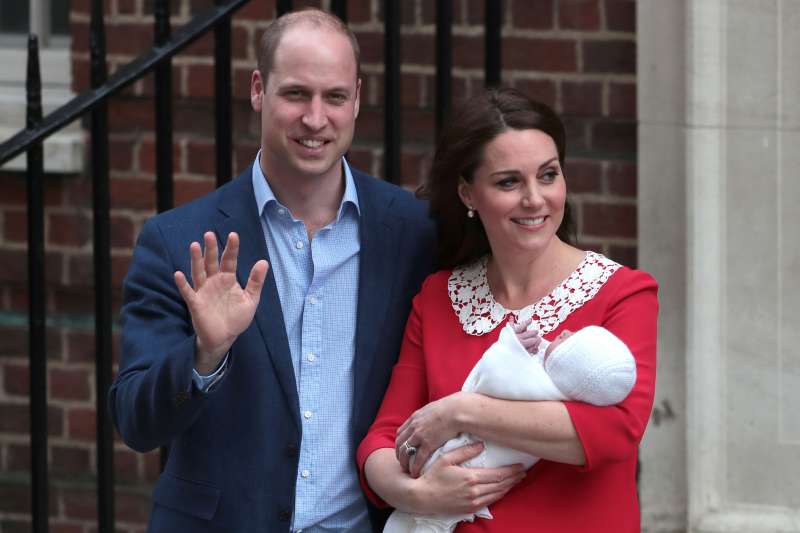Prince Louis Isn't Even a Week Old. But the Royal Baby Is Already Generating Millions

Prince Louis Arthur Charles — Catherine, Duchess of Cambridge's third royal baby — is less than a week old, but he's already generating tens of millions for the British economy.
Like his siblings, Prince William and Kate Middleton's new baby boy, the newest addition to the the British Royal Family, has boosted economic opportunities for retailers and thrilled loyal fans hoping to by related memorabilia. Prince Louis is expected to generate somewhere between $70 million to $125 million within the first few weeks of his life, according to estimates from two different United Kingdom-based consumer trends research firms.
The Centre for Retail Research, which provided Money with the higher estimate, anticipates more than $39 million in memorabilia and more than $28 million in infant goods. Brand Finance, which provided the more conservative estimate, said $25 million of the impact will come from memorabilia and souvenirs, among other items related to the new baby.
But Prince Louis won't have quite the same impact that his brother and sister did. "We believe this birth will be much less significant than the birth of the first two children as the excitement after a first prince and princess has slightly quietened down now," said David Haigh, the CEO of Brand Finance, before the baby was born.
Now, Prince George is worth around $3.6 billion to the British economy, and Princess Charlotte is worth $5 billion, according to the company. Princess Charlotte's heftier worth perhaps can be attributed to her gender. Her birth generated the "Charlotte effect," Haigh said, bringing ample opportunities for fashion brands tied to her. "A princess attracts endorsements from fashion brands and people get excited about her clothing and accessories choices," Haigh said. As a boy, the Duke and Duchess's third child is not expected to create that same kind of excitement, experts said.
Just the first glimpse of Prince George and Princess Charlotte caused royals fans to rush to retail stores. For example, when making the first appearance with Prince George outside of the Lindo Wing of St. Mary's Hospital in London, the wool blankets he was swaddled in sold out and caused the knitwear company to increase production, Haigh said. A similar sense of excitement occurred when Princess Charlotte was first shown to a world with a $100 G.H. Hurt & Son blanket draped over her.
The newest royal baby faced another competition for attention: the upcoming royal wedding between Prince Harry and Meghan Markle. That event, set for May 19 at St. George's Chapel in the Windsor Castle, has generated more excitement around the world and economic activity in the United Kingdom than the child's birth, the firm leaders said. "Meghan Markle is proving to be an absolute star," said Joshua Bamfield, the director of the Centre for Retail Research.
However, the two big events for the royal family may have overlapping economic impacts, though the wedding has garnered more interest. “Because the wedding and the birth are so near in time to each other, we feel it can be hard to disentangle the twin effects,” Bamfield added.